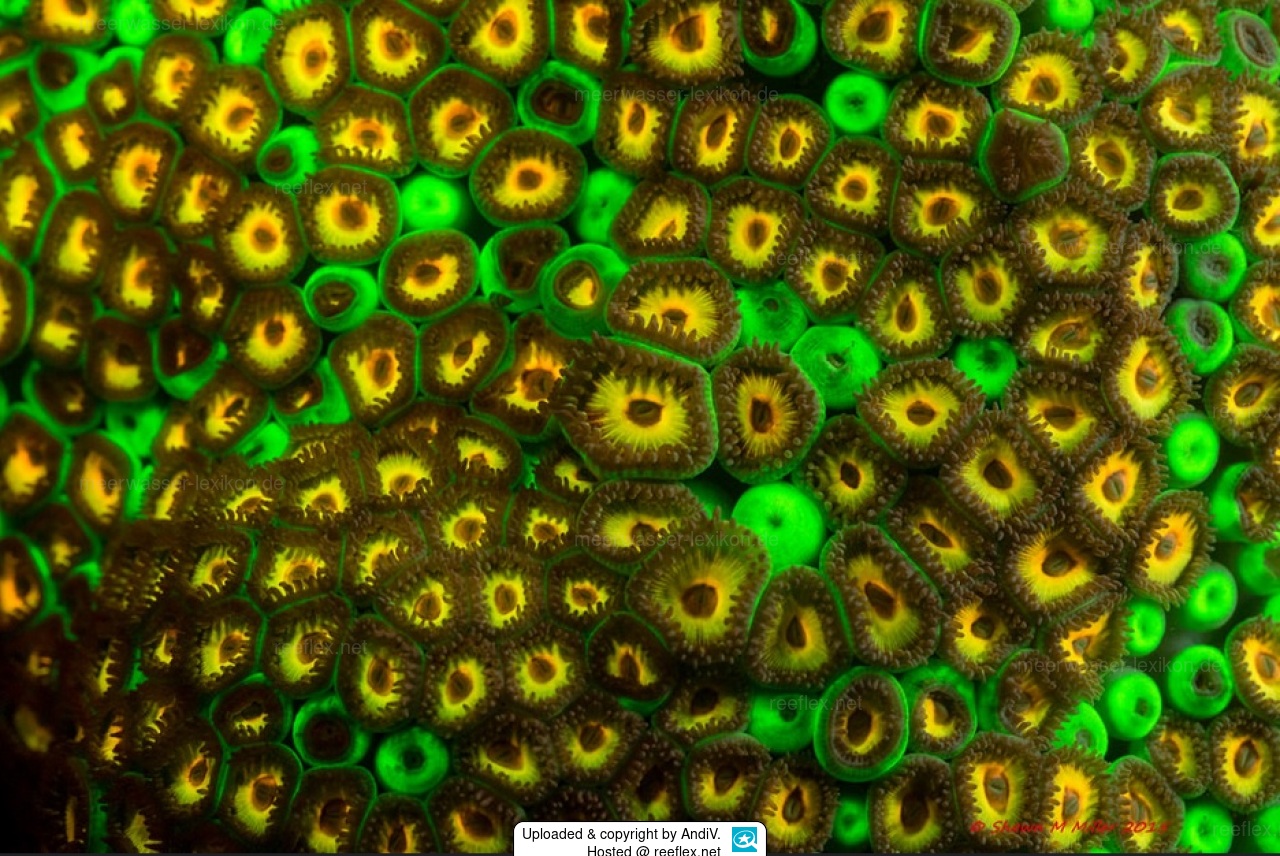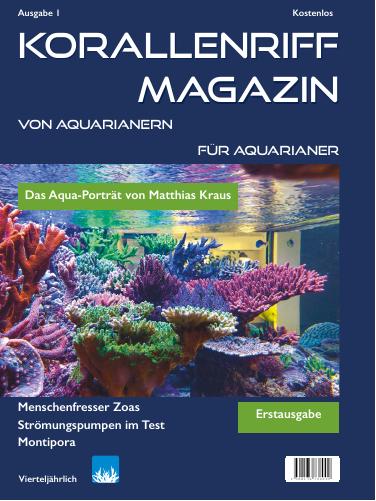Info
Synonymised names
Zoanthus cavernarum Pax & Müller, 1957 · unaccepted (synonymy)
Zoanthus cyanoides Pax & Müller, 1957 · unaccepted (synonymy)
Zoanthus erythrochloros Pax & Müller, 1957 · unaccepted (synonymy)
Zoanthus gnophodes Pax & Müller, 1957 · unaccepted (synonymy)
Zoanthus zansibaricus Carlgren, 1900 · unaccepted







 AndiV
AndiV


















